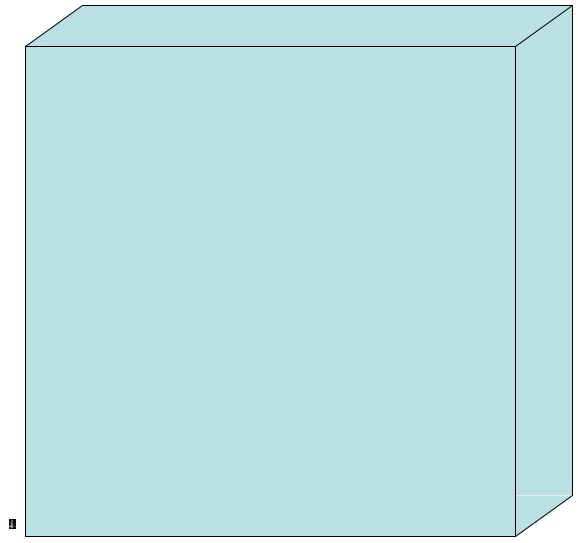Physicist: In the post “Q: Have aliens ever visited Earth?” I said that the maximum velocity that can be obtained by a rocket using fusion is 11% of light speed. Wrong!
It turns out that (as a commenter had suggested) the maximum velocity of a rocket is actually a function of the exhaust velocity of the rocket (which is about 11% of light speed for fusion), and the ratio of initial to final mass of the rocket (the initial mass includes fuel). The assumption I had been working with was that a rocket shouldn’t be able to get going any faster than it’s exhaust velocity.
To find the mass ratio in question: where Mi is the initial mass, Mf is the final mass, c is the speed of light (2.99 x 108 m/s), w is the exhaust velocity, and V is the final speed of the rocket. A derivation of this can be found here: www.relativitycalculator.com/images/rocket_equations/AIAA.pdf.
You can also turn this around: , where
.
A “reasonable” rocket would be something like 99% hydrogen fuel. Which translates to a final velocity of only about 47% of light speed. In order to get something to 0.9c (again using fusion) would require a fuel-to-ship ratio of around 700,000. If you wanted to get the shuttle to 0.9c you’d need about 19 cubic km of liquid hydrogen. Frustrating, isn’t it?

The space shuttle (lower left) next to the amount of liquid hydrogen it would need to get to 90% of light speed using fusion with perfect efficiency. If it used regular rocket fuel instead, the cube would be really big.
Using normal rocket fuel (w = 4440 m/s) to get to 0.9c, you’d need a fuel to ship ratio of about 1076,985. So if the space shuttle were to use the engines it has now, it’s fuel tanks would weigh at least as much as about 1076,961 Suns.







Pingback: Q: Have aliens ever visited Earth? « Ask a Mathematician / Ask a Physicist
The whole problem of needing more fuel, means more weight, means needing more fuel etc etc ….. Isn’t this all under the assumption that there are no better means of propulsion that we haven’t yet discovered?
Well, whatever you do, you need to conserve momentum. That means throwing stuff behind you (like a rocket) or bouncing things behind you (like a sail). Solar sails are definitely a thing, but they’re very slow. Rockets, of some form or another, are about the best you can do.
You don’t need to carry all of the fuel on board to accelerate.
You could build a circular particle accelerator around your sun (maybe powered by the sun).
When the ship is up to speed, just stop countering the centrifugal speed to launch it.
Or push the ship with a giant laser.
centrifugal speed->centrifugal force
Pingback: Q: If time slows down when you travel at high speeds, then couldn’t you travel across the galaxy within your lifetime by just accelerating continuously? | Ask a Mathematician / Ask a Physicist